4 Days in Yellowstone: A Stress-free Guide
Planning for a 4-day Yellowstone itinerary might seem overwhelming considering the park’s vast size. You’ll want to see Yellowstone’s famous geysers and landscapes on your trip, and if you have a well-planned route, you can experience all of the main attractions with four days in Yellowstone. No worries at all.
Yellowstone 4-day itinerary at a glance
Day 1: Old Faithful and the Upper Geyser Basin
Day 2: More Geyser Basins and the Grand Canyon of the Yellowstone
Day 3: Norris Geyser Basin, Mammoth Hot Springs, and Wildlife Viewing
Day 4: Yellowstone Lake and free time
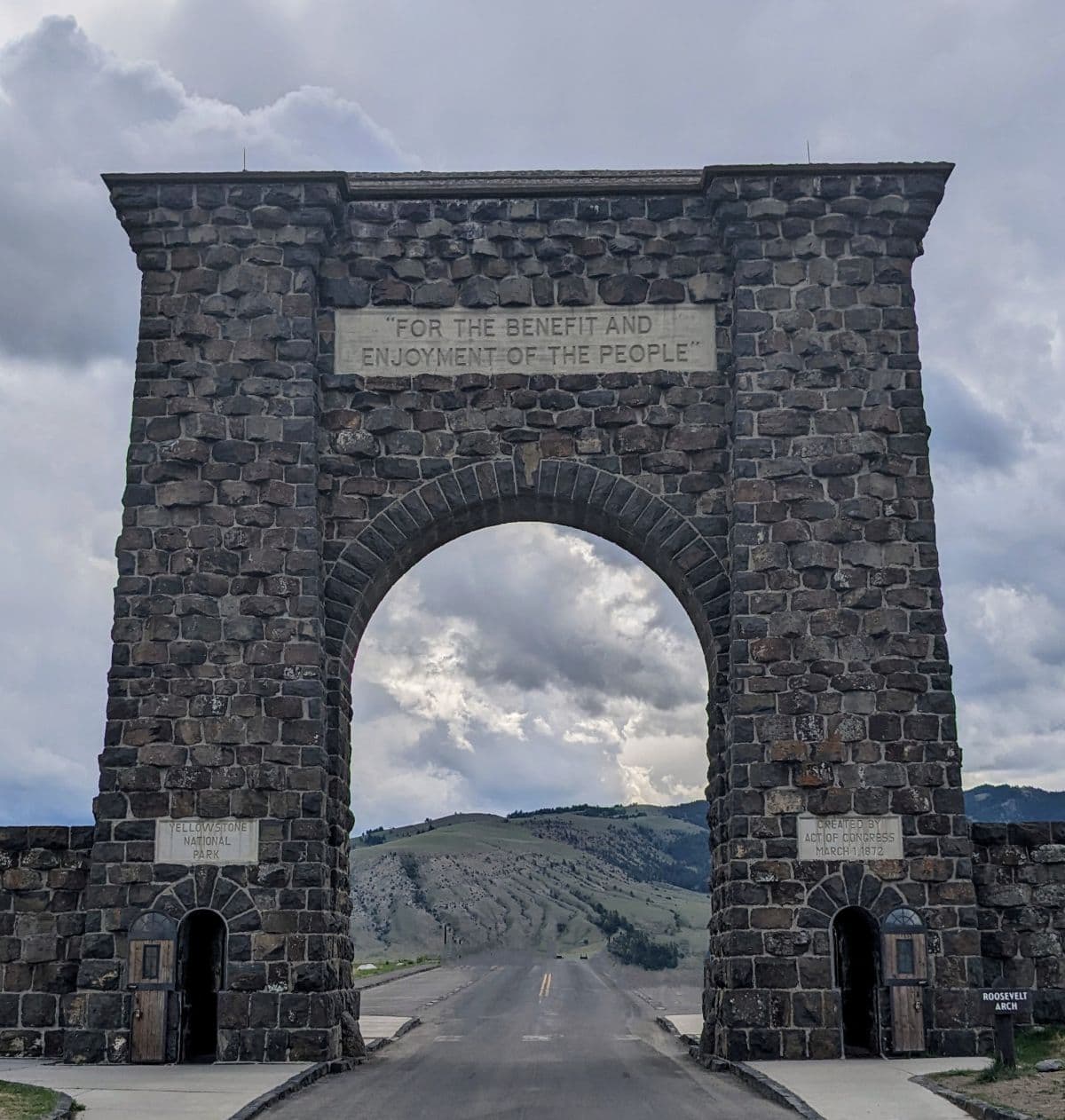
This post includes affiliate links. If you make a purchase through one of these links, I may earn a small commission at no additional cost to you. As an Amazon Associate, I earn from qualifying purchases. See disclaimer.
Know before you go
Day 1: Old Faithful And The Upper Geyser Basin
Your first day in Yellowstone is going to be all about visiting one of the most iconic geothermal areas in the world. Old Faithful has been drawing people from all over the world for over 150 years. The Upper Geyser Basin, its home, is the largest concentration of geysers in the world.
I recommend that those traveling to Yellowstone download the GuideAlong app and purchase the Yellowstone audio tour.
Old Faithful
At Old Faithful, you’ll witness one of the most famous and predictable geological features on Earth. This famous geyser erupts every 90 to 100 minutes (plus or minus 10 minutes), so you’ll have plenty of opportunities to see it in action.
When you arrive, remember to check the eruption times at the Old Faithful Visitor Education Center. You can also get a detailed map of the upper Geyser Basin (including Black Sand and Biscuit Basin) so you can plan out how you’re going to explore the area.
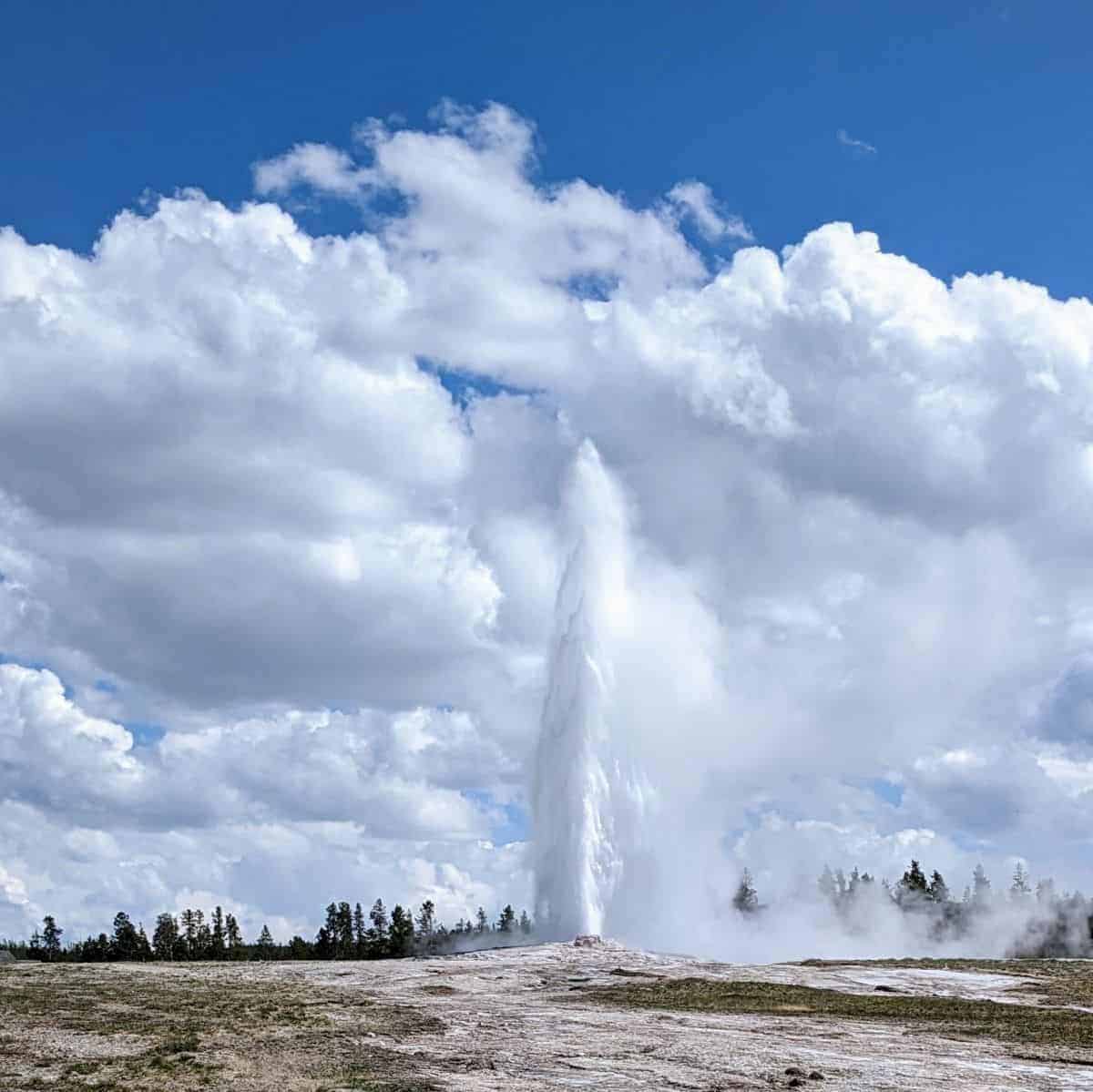
Other Features Of The Upper Geyser Basin
Aside from Old Faithful, the Upper Geyser Basin is FULL of other thermal features. Walking the boardwalks and paved paths, you’ll wind your way through hot springs and more. Don’t miss the Morning Glory Pool.
To discover more than just Old Faithful, read more about what to do at the Upper Geyser Basin.
Old Faithful Inn
Consider staying at the Old Faithful Inn on your first night, or any day you visit the Upper Geyser Basin. It’s an experience in itself. The original section of the Inn, the ‘old house,’ was built in 1904 and attracts visitors with its beautiful lobby. Aside from the hotel itself, it’s great to be able to see Old Faithful erupt multiple times without the big crowds around.
We had fun experiencing the old rooms with community bathrooms down the hall. By the way, these were sparkling clean, modern, and not crowded at all.
I’ll have more to say about food in Yellowstone later, but we enjoyed both of our meals in the dining room at the Inn. The meals weren’t cheap, but having dinner and breakfast at the Inn was convenient and we appreciated it.
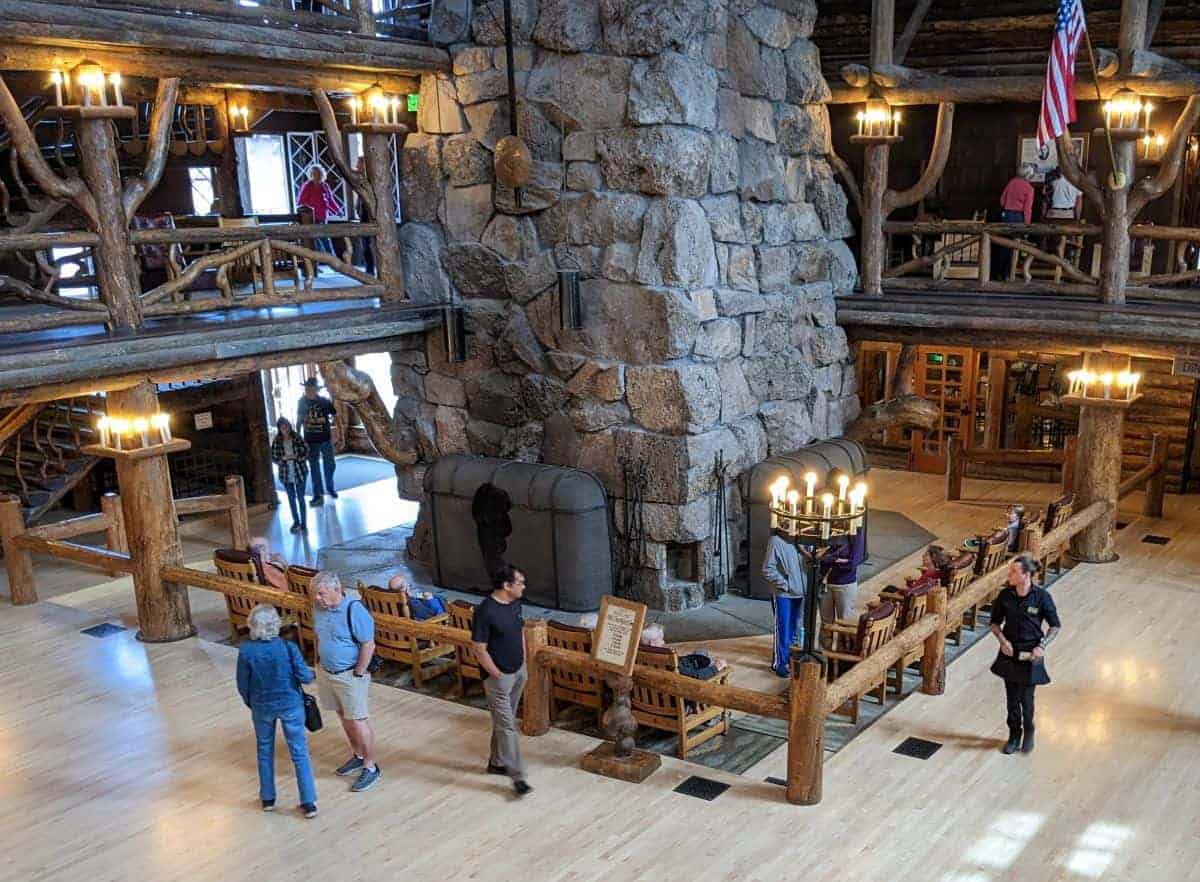
PRO TIP: If you have flexible travel dates you need to check out Going (formerly Scott’s Cheap Flights). You get amazing flight deals sent straight to your inbox with instructions on how to book directly with the airlines. Check out Going here. Going is my favorite way to find great travel deals.
Day 2: More Geyser Basins And The Grand Canyon Of The Yellowstone
On your second day in Yellowstone, you’ll explore more geothermal areas and also visit the remarkable Grand Canyon of the Yellowstone.
Midway Geyser Basin
After you leave the Old Faithful Inn, head toward Midway Geyser Basin. Now would be a good time to see Black Sand Basin and Biscuit Basin if you didn’t explore those areas yesterday. The Midway Geyser Basin is home to the stunning Grand Prismatic Spring.
If you visit early on a cold morning, the spring will likely be covered in thick haze and you won’t be able to see much. If seeing Grand Prismatic Spring is important to you, plan to visit later in the day, once things have warmed up.
Lower Geyser Basin
Moving on to the Lower Geyser Basin, don’t miss the Fountain Paint Pot, which showcases bubbling mud. You can also check out the scenic Firehole Lake Drive.
There are a few other quieter spots along this stretch of the Grand Loop Road worth visiting if time allows.
- Firehole Canyon Drive
- Gibbon Falls
- Beryl Spring
Discover more hidden gems in Yellowstone.
Artists’ Paintpots
Although the hike here is short, I wouldn’t call it easy. But you’ll be rewarded with picturesque views of the vibrant geothermal features.
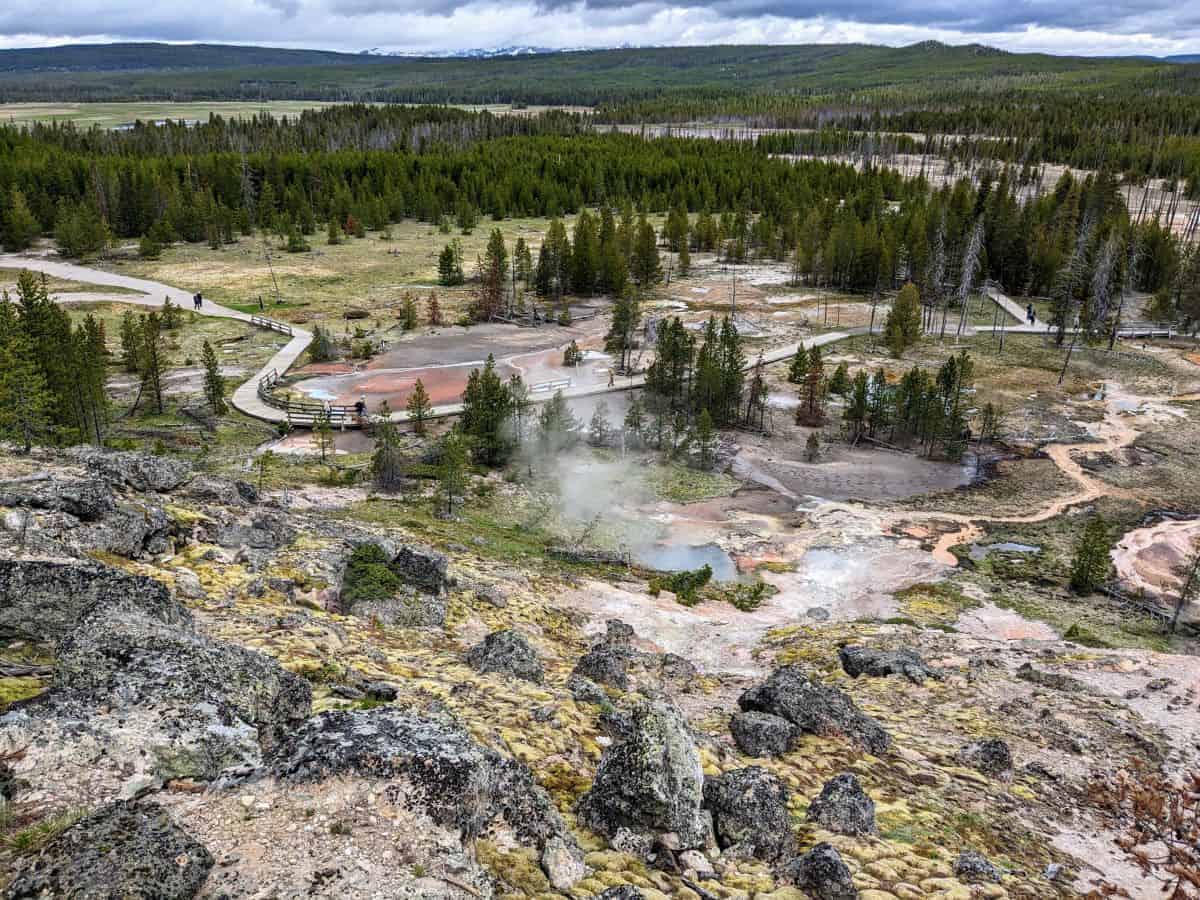
Optional: After Artists’ Paintpots, you could visit Norris Geyser Basin before heading to the Grand Canyon of the Yellowstone. If you’ve seen enough geothermal areas for the day, I recommend you save Norris Geyser Basin for day three.
Grand Canyon Of The Yellowstone
In the afternoon, visit the awe-inspiring Grand Canyon of the Yellowstone. If you’re primarily interested in photography, early morning and later in the day will likely provide you with the best light.
The Upper and Lower Falls can be seen from various lookouts along the South Rim and North Rim. For complete details on each stop along this scenic drive, refer to my detailed driving guide for the Grand Canyon of the Yellowstone.
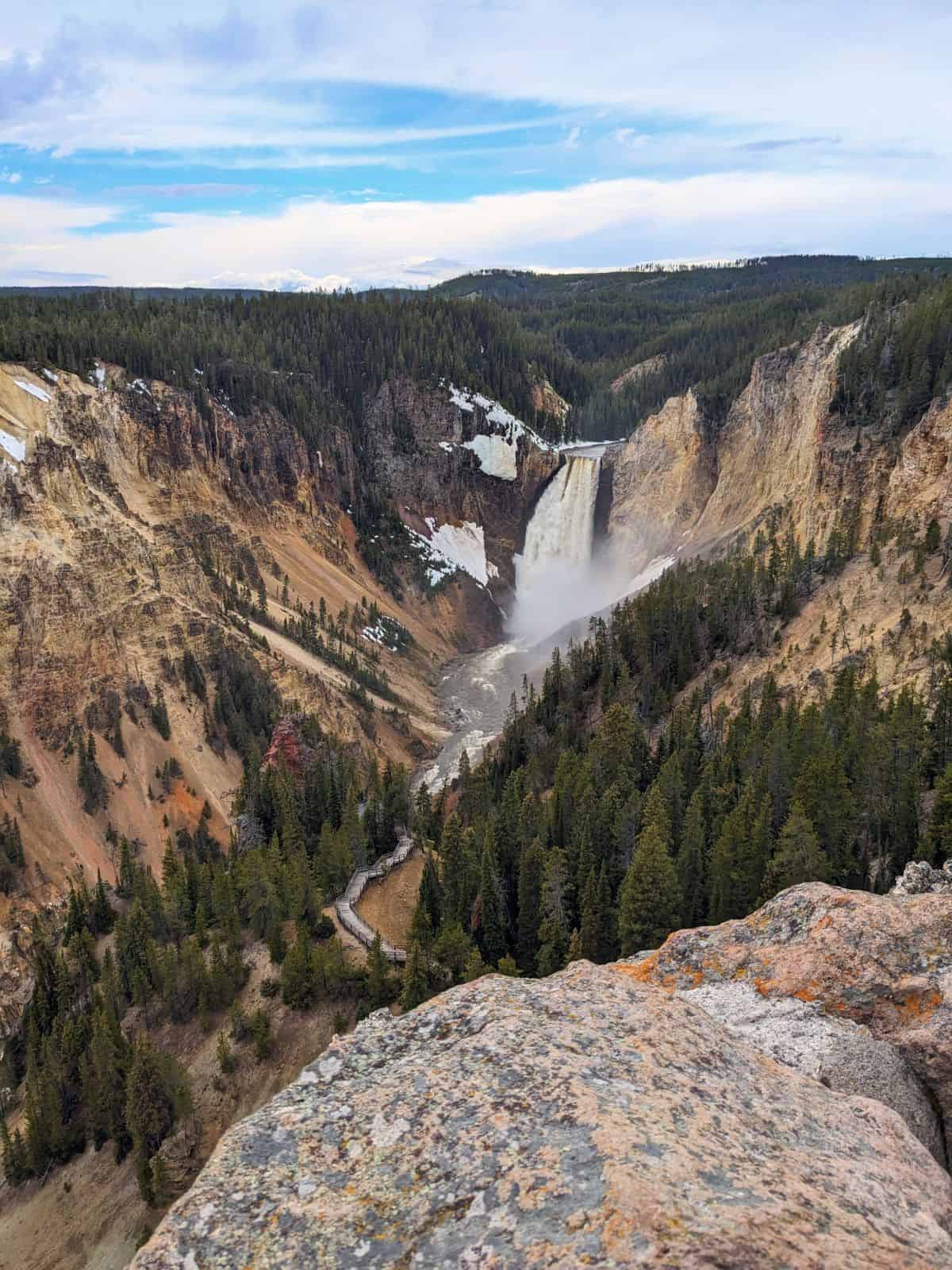
Canyon Lodge
Consider staying at Canyon Lodge for the rest of your trip. Canyon Lodge’s central location in the park makes it convenient to visit the other sites on this itinerary. There are convenient food options in Canyon Village along with a general store and a gas and service station.
Day 3: Norris Geyser Basin, Mammoth Hot Springs, and Wildlife Viewing
Day three is packed with more thermal sites and the famous wildlife of Yellowstone.
Wildlife viewing
Yellowstone is famous for its wildlife viewing opportunities. Start and/or end your day today at either the Lamar Valley or Hayden Valley to see some amazing wildlife. Ideally, you’ll make room in your Yellowstone itinerary to explore both of these areas at dawn or dusk.
If you’re staying at Canyon Lodge, visit Lamar Valley today. On day four’s evening, go to Hayden Valley so you have a short drive back to your hotel to pack before leaving.
Norris Geyser Basin
Do not miss Norris Geyser Basin. This place is my favorite…or maybe it’s a close second to the Upper Geyser Basin. If it’s open, make sure to visit the Norris Geyser Basin Museum.
Norris is pretty large. It’s okay to focus just on Porcelain Basin if you’re short on time. To fully experience the area, visit Back Basin as well. Back Basin’s features, which are more spread out and isolated than those in Porcelain Basin, include Steamboat Geyser, the world’s tallest active geyser.
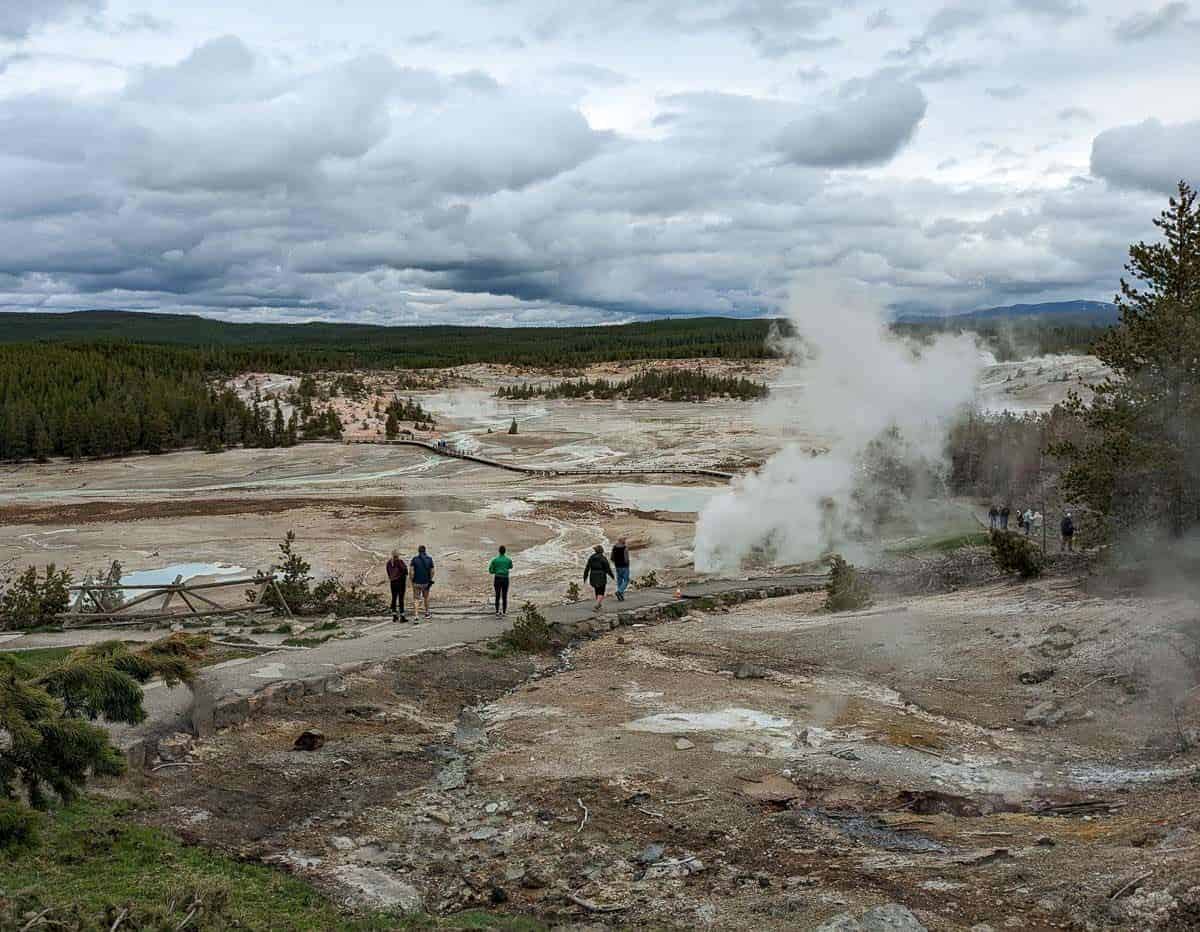
Mammoth Hot Springs
Next, it’s time for Mammoth Hot Springs. The terraced pools are unlike anything else in the park. Explore the Lower Terrace using the raised boardwalks. The Upper Terrace is accessible by a scenic drive. The 1-mile Upper Terrace Drive was closed during our visit so we walked it.
Head out to the North Entrance to see the famous stone arch that was dedicated by Teddy Roosevelt. We also took the opportunity to fill our tank with gas in Gardiner. And the drive from Mammoth to Gardiner is lovely.
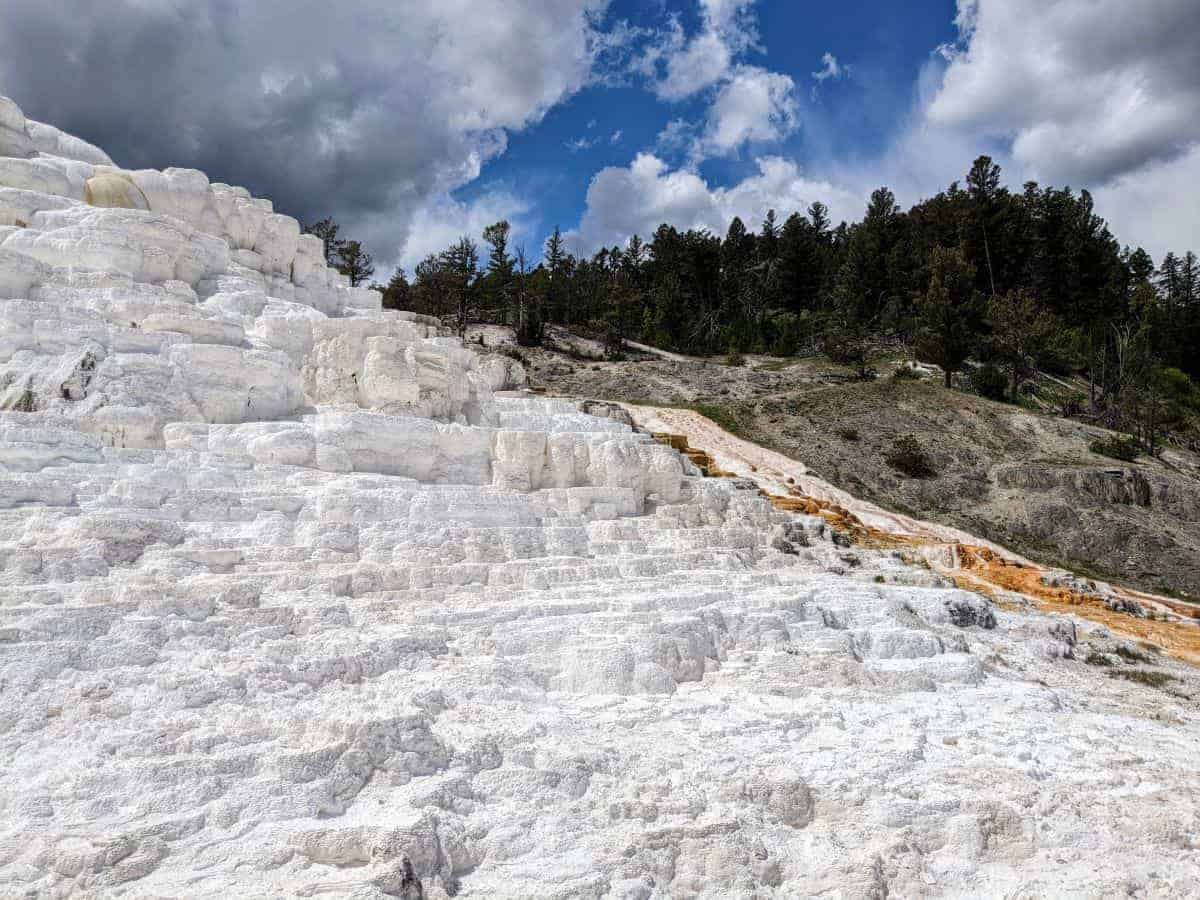
Day 4: Lake Yellowstone
On your last day in Yellowstone, you might want to relax a bit. We’re going to focus on the Yellowstone Lake area and then maybe do a little more wildlife viewing to end the trip.
Canyon Village to West Thumb
Spend some time exploring sites along the route from Canyon Village to West Thumb. This area is full of lesser-known Yellowstone gems like Sulphur Caldron, Mud Volcano, and LeHardys Rapids. And enjoy a lovely drive along the shore of Yellowstone Lake.
West Thumb
Start your day exploring West Thumb Geyser Basin. This area is unique because of the hot springs and geysers alongside the lake shoreline.
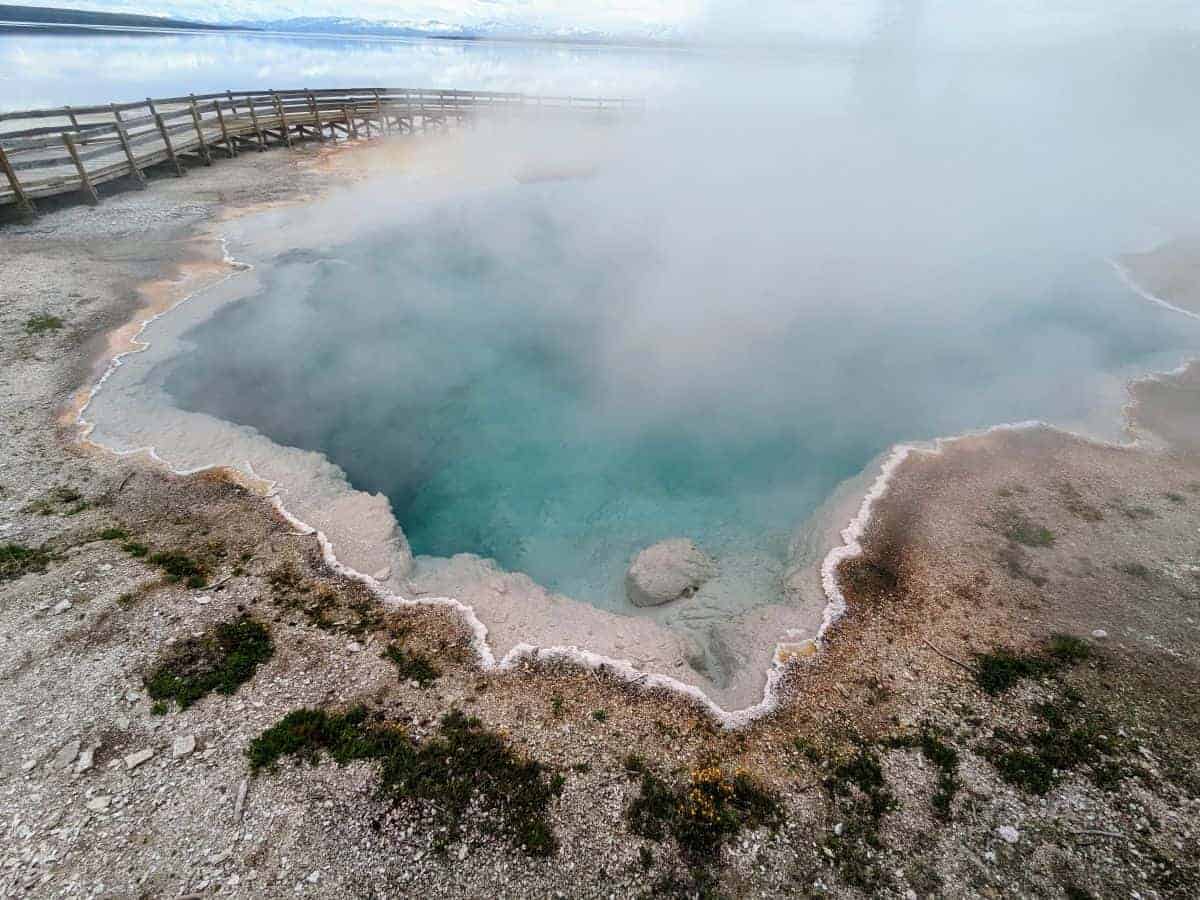
Open afternoon to do whatever you’d like
Today is the perfect opportunity to enjoy a scenic picnic for lunch. Then spend your afternoon exploring the area at a leisurely pace. Enjoy a hike, grab a coffee at the Lake Hotel, drive down to Grant Village, and more.
You can also visit places along the Grand Loop Road, starting at Lake Village and heading to the East Entrance. This area includes spots like Fishing Bridge, Indian Pond, Lake Butte Overlook, Sylvan Lake, and more.
Dinner at the Lake Yellowstone Hotel Dining Room
End your day and your visit with dinner at the historic Lake Yellowstone Hotel Dining Room, which has some great lake views. This is a chance to treat yourself. Enjoy it. Keep in mind that reservations are required.
Yellowstone 4-day itinerary map
To save this map in Google Maps, click or tap the star next to the map name. To access it later, open the Google Maps app, tap ‘Saved,’ then select ‘Maps.’
To see all map features like stops and routes, click the ‘extend sidebar’ icon at the top left of the map. In the sidebar, you have the option to turn each map layer on or off. For more information about each spot on the map, click on the colored pin.
How to customize this itinerary
You can easily visit Grand Teton National Park just before or after Yellowstone, as this itinerary was designed for either. This means entering or leaving Yellowstone by way of the South Entrance.
The South Entrance is closed every year from early November to mid-May. Only the road from the North Entrance to the Northeast Entrance is open year-round.
Your 4-day Yellowstone trip can be easily customized to fit your interests and pace.
- Start by prioritizing what you’d love to see most—geysers, wildlife, scenic drives, hikes, etc.
- Review the map (above) and consider where you’re staying and its distance from the sites you want to see.
- Group nearby sites together to minimize driving.
- Remember that weather can close roads, which limits access to some park areas. For example, the road linking Canyon Village and Tower Fall, which is the quickest way from Canyon Lodge to Lamar Valley, is closed from mid-October to late May.
Best time of year to visit Yellowstone National Park
The park’s high season runs from June to August, with warm weather and access to all services, roads, and trails. July and August are also when the majority of the park’s guests visit.
The shoulder seasons, May to early June and September, offer a good balance of fewer visitors and mild weather. But also be ready for snow in May and early fall. In reality, snow can fall at any time in the park, so it’s best to always be prepared for it.
Wildlife viewing is excellent in the spring when animals are active and there are animal babies. The park typically opens all roads by late May. Check which park entrances, lodgings, services, and roads are open before planning your trip.

Things to know before you visit Yellowstone
Park entrances
Yellowstone National Park has five main entrances: North, Northeast, East, South, and West. Check entrance statuses and road conditions before you arrive.
Entrance fee
You’ll need to pay an entrance fee to access Yellowstone. The pass is $35 per vehicle and is good for seven days. If you’re planning to visit other national parks within a year, consider getting an annual pass. Consider buying your pass ahead of time. You can also pay as you enter.
Food
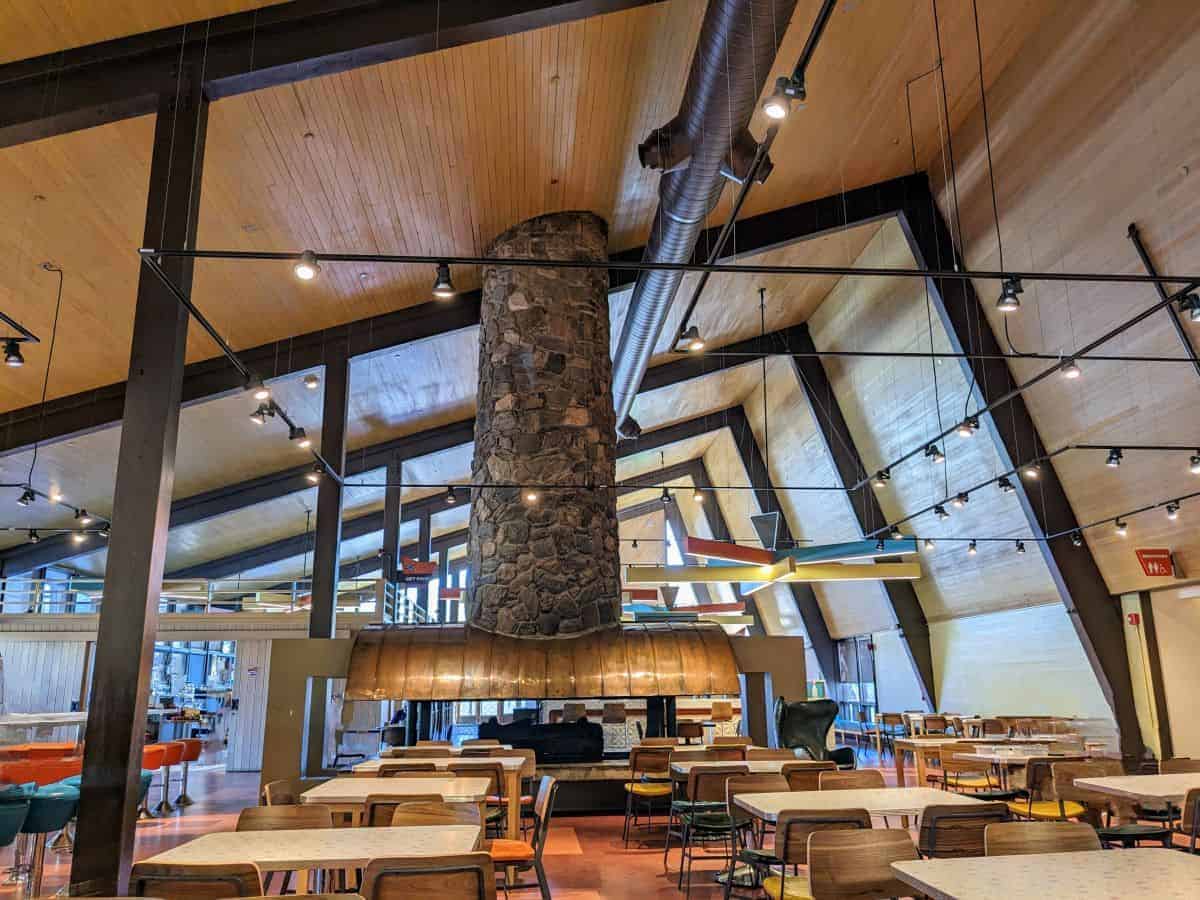
There are many places to eat in Yellowstone, from quick meals at the Canyon Lodge Eatery to more upscale dining at the Lake Yellowstone Hotel dining room. A quick tip: these eateries get very busy in summer, often resulting in long lines. In addition, the food quality can be hit or miss.
For convenience, pack plenty of food. Load up on snacks, sandwiches, and your favorite picnic items. This way, you avoid crowds and enjoy a picnic meal with great views. It doesn’t get much better than that.
What to pack
The weather in Yellowstone can be unpredictable, so packing layers is key. See my article about what to pack for Yellowstone for my complete advice on this subject.
See more essential tips for visiting Yellowstone National Park.
Combine your Yellowstone trip with a visit to Grand Teton
When you’re planning your Yellowstone adventure, consider adding a visit to Grand Teton National Park. Just a short drive south of Yellowstone, Grand Teton offers a distinct contrast with its stunning mountain scenery and beautiful lakes. I recommend visiting Grand Teton for two full days.
Get the itinerary for 7 days in Yellowstone and Grand Teton National Park.
To learn more about how the two parks compare and contrast, see Grand Teton National Park vs Yellowstone.
More about Grand Teton National Park
- Grand Teton tips
- Driving the Grand Teton scenic loop
- Best photography spots in Grand Teton
- How to spend one day in Grand Teton National Park
Articles to help you plan your Yellowstone trip
- Tips for visiting Yellowstone National Park
- How to pack for a spring Yellowstone trip
- How to see the Upper Geyser Basin
- National park tourist mistakes to avoid
- Discover hidden gems in Yellowstone
- What to do at West Thumb Geyser Basin
- How to see the Grand Canyon of the Yellowstone
- Guide to Hayden Valley wildlife viewing